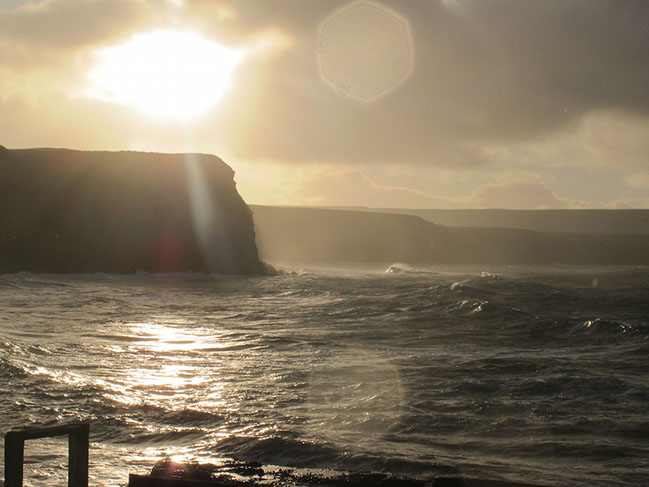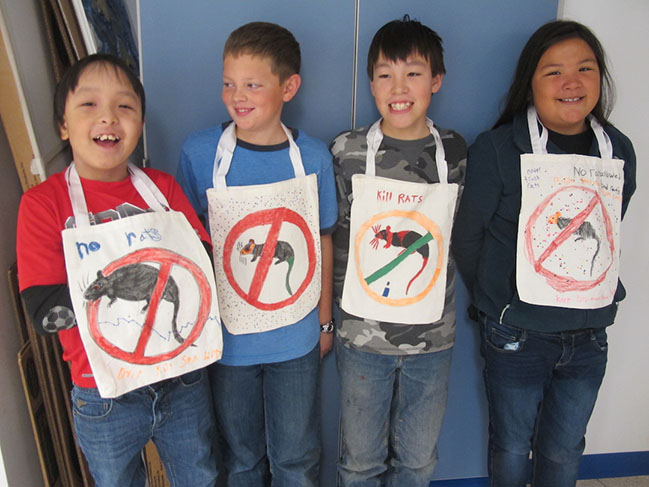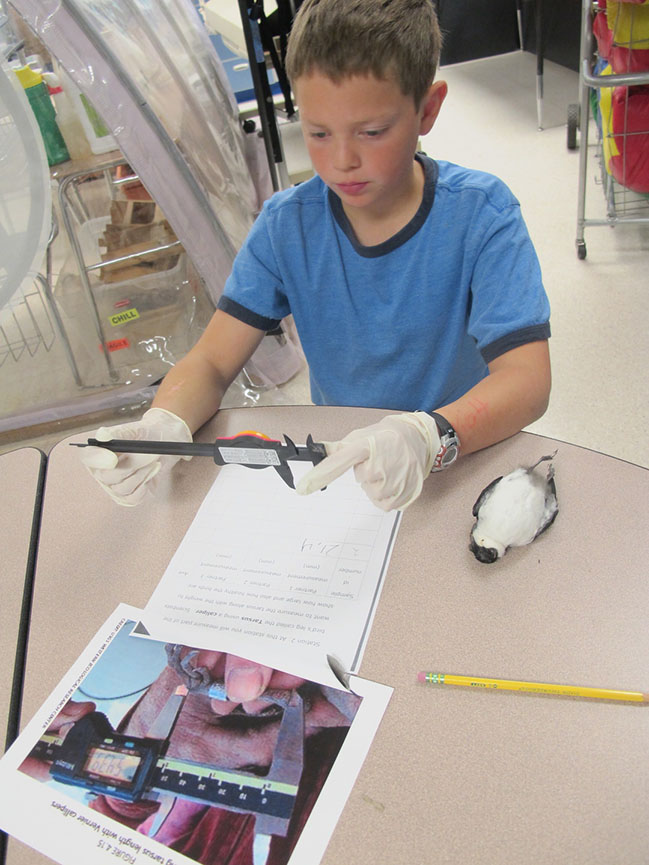After a busy week on St. Paul with Bering Sea Days, I flew over to St. George Island. Winds had been high for the last week, and so I was thankful to actually be able to land. It’s been a wonderful couple of days here. Most seabirds have gone for winter, and the island is windswept. Seals rule. Great crashing waves, dramatic skies, rainbows, and even a few hail storms!
We’ve been busy doing some of the rat activities we did on St. Paul last week…. discussing how important the Pribilof Islands are for breeding seabirds, brainstorming how rats could get to the islands, and what we need to do to stop the potential invasion. We’ve done rat crafts, some “rat math” to calculate how many rats can be produced over five months, and today we designed ‘Keep Out Rat’ signs on tote bags.
Counting out rats and seabirds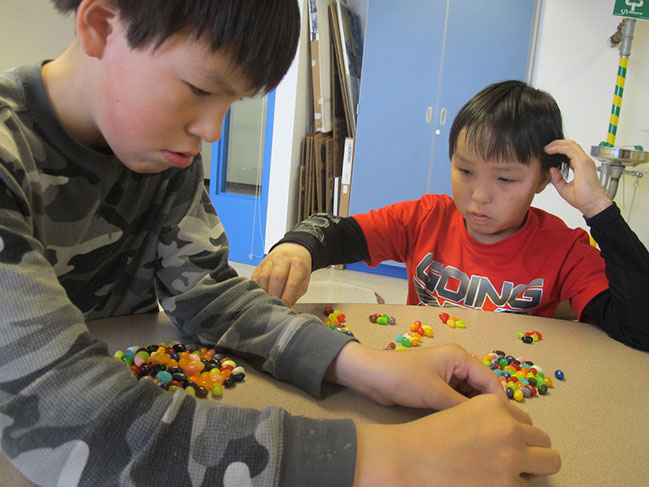
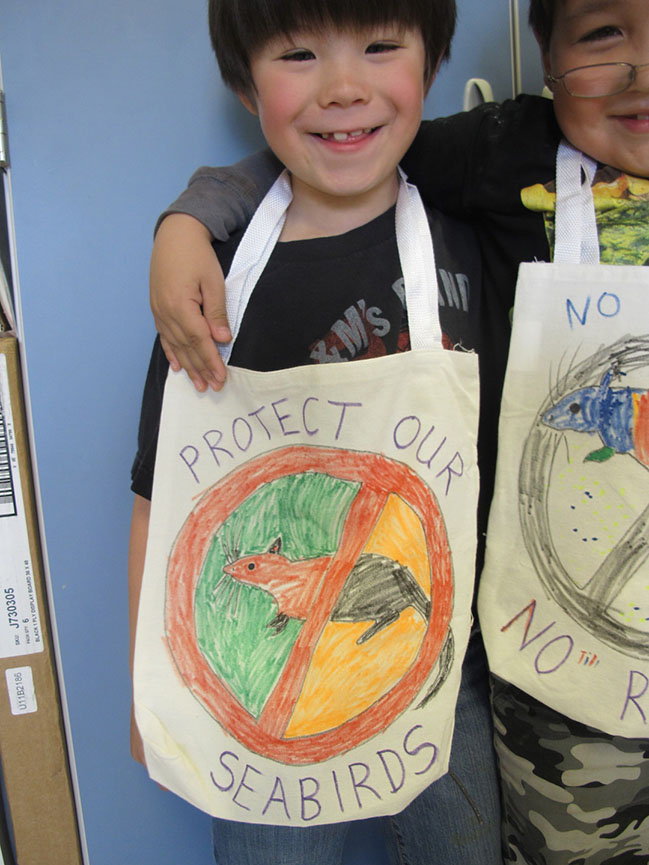
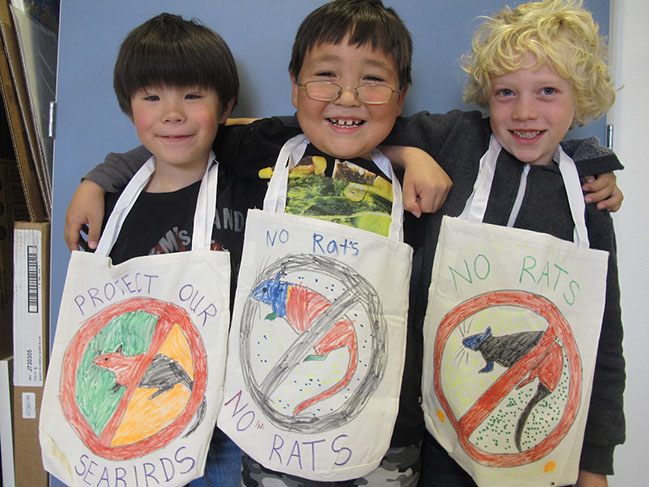




An Eagle chasing rats off the island to save the seabirds, by Amelia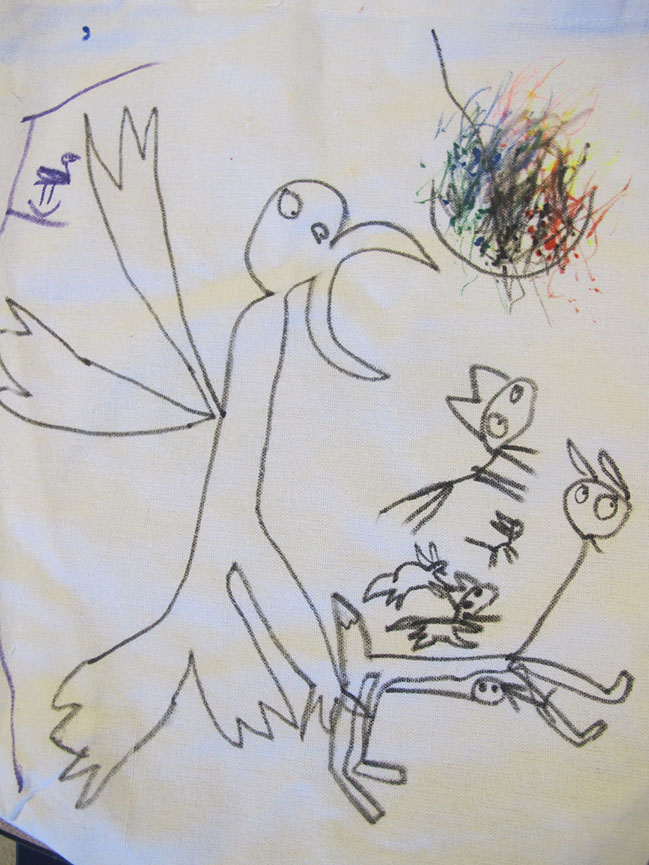
We’ve also caught up on a couple of activities we were unable to do this summer during Seabird Camp. We discussed why and how biologists catch birds, and that you need training, permission, and permits to catch real live birds. We learnt what measurements you need to take to estimate the body condition of birds. We then practiced measuring the wing, culmen (bill), tarsus (leg bone) and mass (weight) of some seabirds that had been found dead during the summer months and kept frozen.
Fledgling and adult Least Auklet
It’s been great to share time together both at school and on our hiking adventures, many thanks to you all for the great welcome!
Ann


